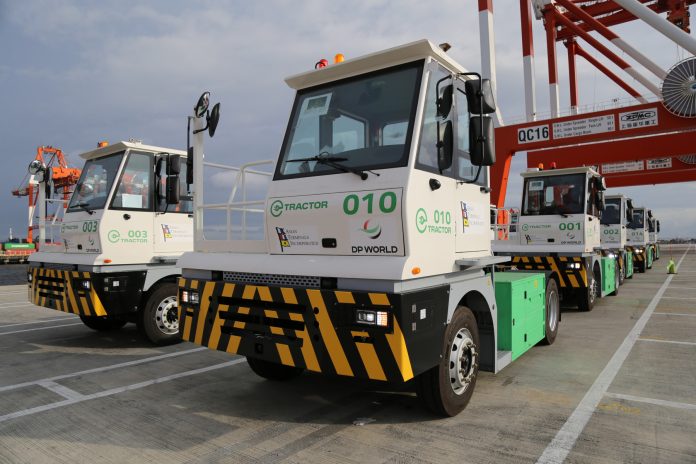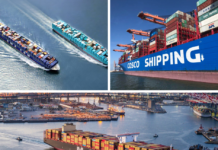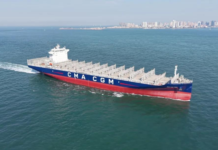
DP World, in partnership with Asian Terminals, has rolled out the Philippines’ first-ever fleet of electric internal transfer vehicles at Manila South Harbour.
This fleet of 15 electric vehicles, supported by rapid-charging infrastructure, marks a significant step toward decarbonising port operations in the Philippines.
The deployment of these eITVs will enhance the movement of containers between vessels and the yard, reducing vessel turnaround time and boosting overall terminal efficiency. Beyond operational benefits, the initiative is a key milestone in transitioning the terminal’s landside operations to clean energy.
It also brings the port closer to its ambitious goal of operating a fully-decarbonised fleet by 2030.
Valued at approximately US$2.1 million, the investment reflects the strong commitment of both DP World and ATI to sustainable logistics.
The companies plan to expand the electrification of terminal equipment in the coming years, including the deployment of rubber-tired gantry cranes, side loaders, reach stackers, and forklifts.
Glen Hilton, CEO & Managing Director for Asia Pacific at DP World, described the launch as a significant leap not only for DP World, but also for the Philippines.
This development is part of DP World’s global decarbonisation roadmap, which targets a 42% reduction in carbon emissions by 2030 and net-zero operations by 2050. It also supports the Philippine government’s efforts to modernise key trade gateways with greener and smarter solutions, led by the Philippine Ports Authority.
PPA General Manager Atty. Jay Daniel Santiago welcomed the initiative, underscoring the role of the private sector in leading the green transition, saying that it is encouraging to see the private sector take the lead in ushering the ports and logistics sector into a cleaner and greener future.
In addition to the eITVs, DP World earlier this year added two new ship-to-shore cranes among the largest and most advanced in the Philippines bringing its fleet of fully electric STS cranes to 11.
Currently, around 95% of Manila South Harbour’s power requirements are met through renewable energy, with full renewable coverage expected soon.




